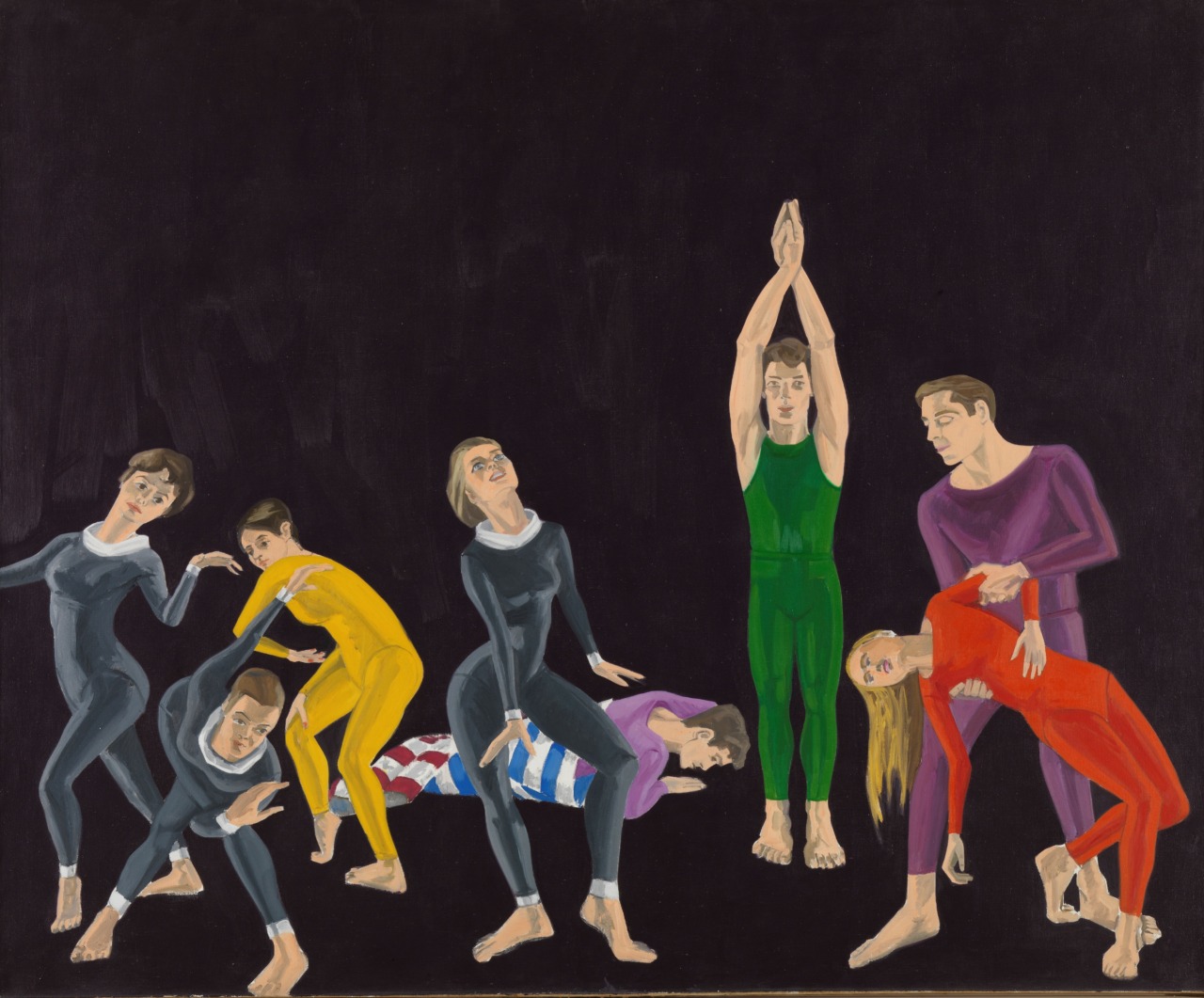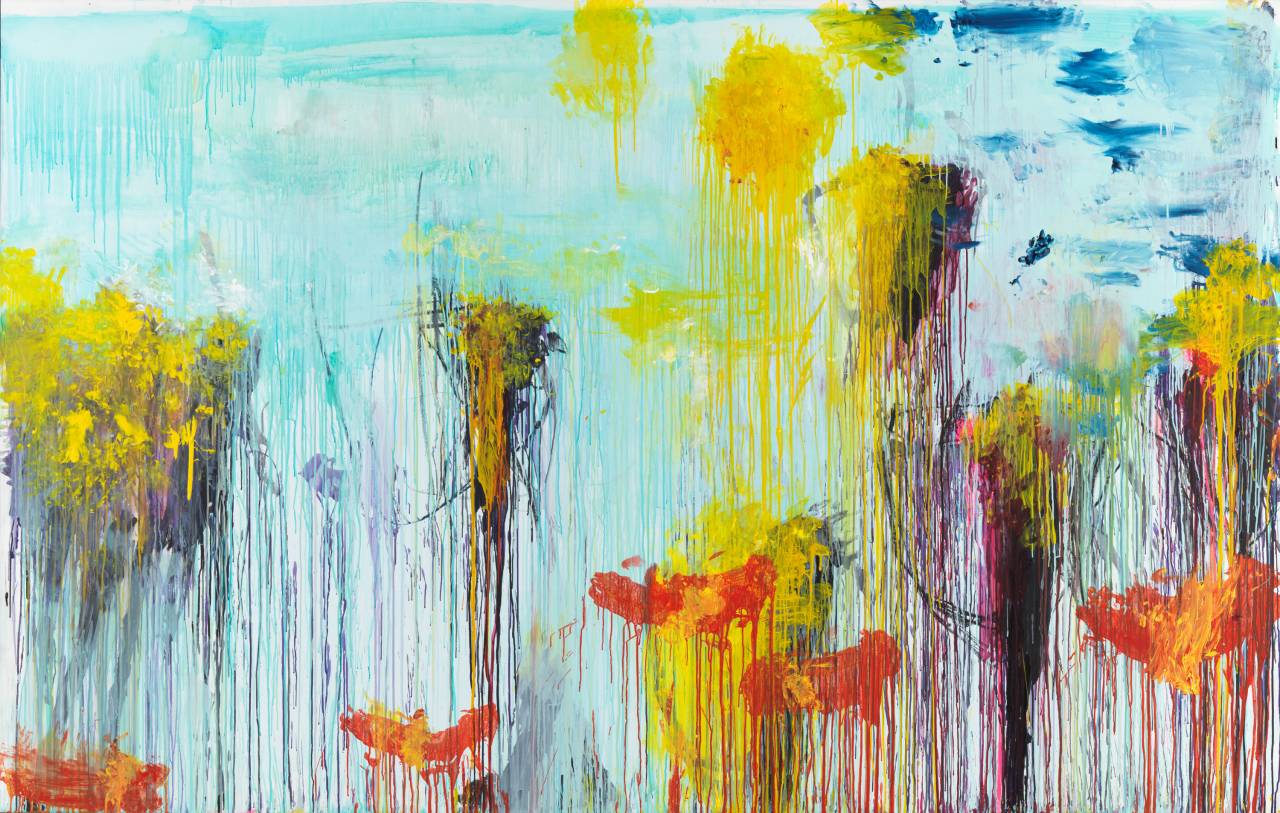
Tanaka Atsuko: Circuits of Technology and Female Labor
Abstract
This presentation considers Tanaka Atsuko’s (1932–2005) personal and artistic negotiation of a particular set of circumstances in the immediate postwar period in Japan: namely, the overwhelming industrial transformation of Osaka, the ambiguous social status of women at the time, and Tanaka’s ambivalent relationship to female subjectivity.
The captivating quality of “Electric Dress” (1956) was due in no small measure to the marked tension it created between the sphere of techno-spectacle and the vulnerable human body. The adornment of the physical form was a barrage on the senses—the incandescent brightness of “Electric Dress” hazing or blinding vision, its mass limiting mobility, its sound impeding hearing, its immensity overwhelming, and its heat barring touch. The double-edged nature of this performance piece is evident in the frivolity of costume and neon spectacle juxtaposed with the production of heat and looming physical threat. Tanaka’s piece explored subjectivity as a constructed process reliant on visual signifiers, bodily performance and the fluid context of industrialization, urbanization, and the encroachment of technology into ever-more corners of people's everyday lives.
About Namiko Kunimoto
Namiko Kunimoto is Associate Professor in the History of Art Department at Ohio State University. She is a specialist in modern and contemporary Japanese art, with research interests in gender, race, urbanization, transnationalism, and nation formation. Her essays include “Olympic Dissent: Art, Politics, and the Tokyo Games” in “Asia Pacific Japan Focus” (2018) and “Tactics and Strategies: Chen Qiulin and the Production of Space” in “Art Journal” (2019). She has been a panelist for the National Endowment for the Arts and is the Director of the Center for Ethnic Studies at Ohio State University. Her book, “The Stakes of Exposure: Anxious Bodies in Postwar Japanese Art,” was published in 2017 by the University of Minnesota Press.


